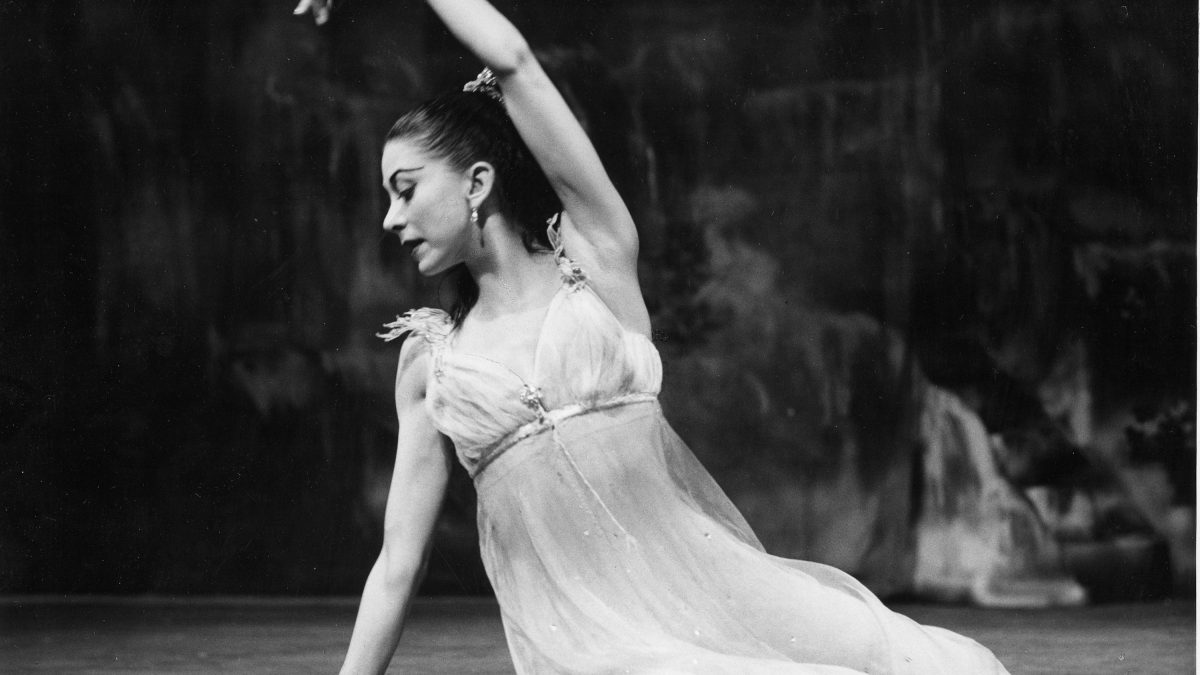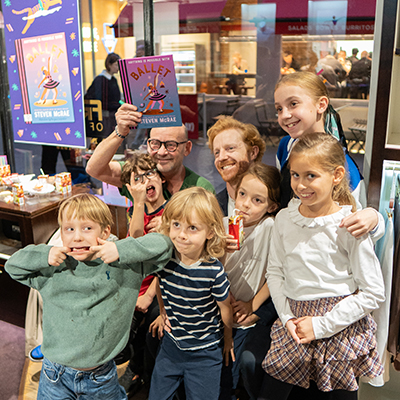Styles of Ballet: Neoclassical

Popularity in Ballroom Dance with Young People
March 12, 2020
Dancers in Lockdown
April 16, 2020
Styles of Ballet: Neoclassical
Styles of Ballet: Neoclassical
Romantic ballet dominated the 1800’s, reigning as the most popular type of ballet for decades, until the fresh new style of Neoclassical came into fruition in the 1920’s.
Romantic ballets are wondrous, otherworldly and often based on fairy tale like stories, which means that they rely heavily on intricate costume and grandiose set design.
Neoclassical, meaning the revival of a classical style, changed and adapted the original art form of ballet which lead to its own unique and brilliant style.
Neoclassical ballets tend to strip away the loud sets and intricate costumes for more subdued and simplistic visuals, often seen are flesh coloured tights and plainly coloured leotards and skirts.
Choreographer George Balanchine is often referred to as a representation of this style of ballet as he influenced a new generation of simultaneously modern and classical productions. In his choreography, Balanchine tried to showcase the movement and technical style that the dancers displayed, creating sophisticated and artistic productions.
This new style was distinctive and truly came into its own as it began to focus purely on the dancing and music to speak to the audience. Apollo, a production choreographed by George Balanchine, was one of the first Neoclassical ballets to become successful and popular, it truly defined a more musically driven era in ballet.
The next few decades in ballet were graced with the creations of other incredible Neoclassical ballets such as Agon, Onegin, Four Temperaments and Cocerto Barocco – All of which are still celebrated today.
We love all styles of ballet, but we can’t help but be in awe of the bold and artistically lead movement that is Neoclassical ballet!
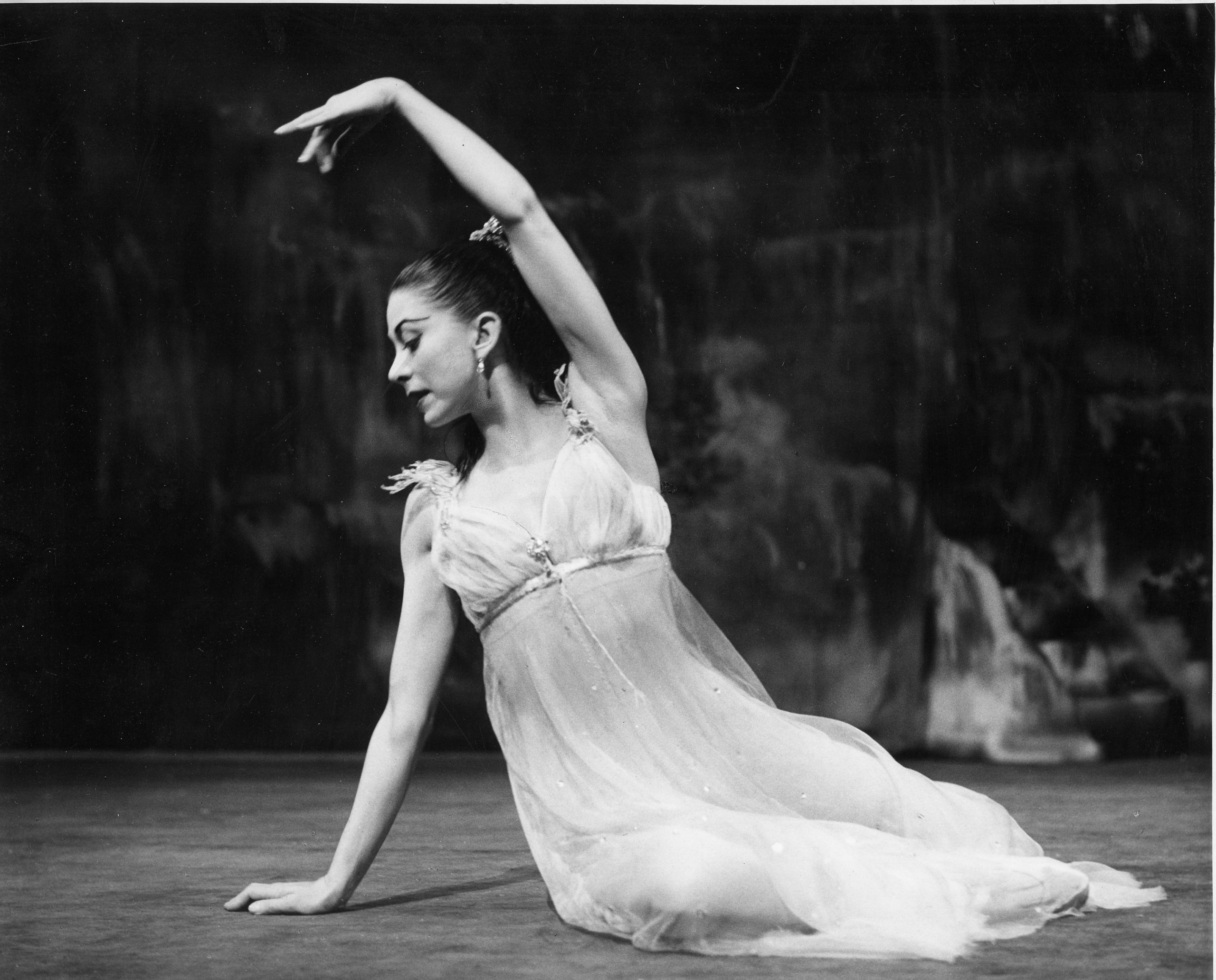
Margot Fonteyn as Ondine 1958 - Photo: Roger Wood
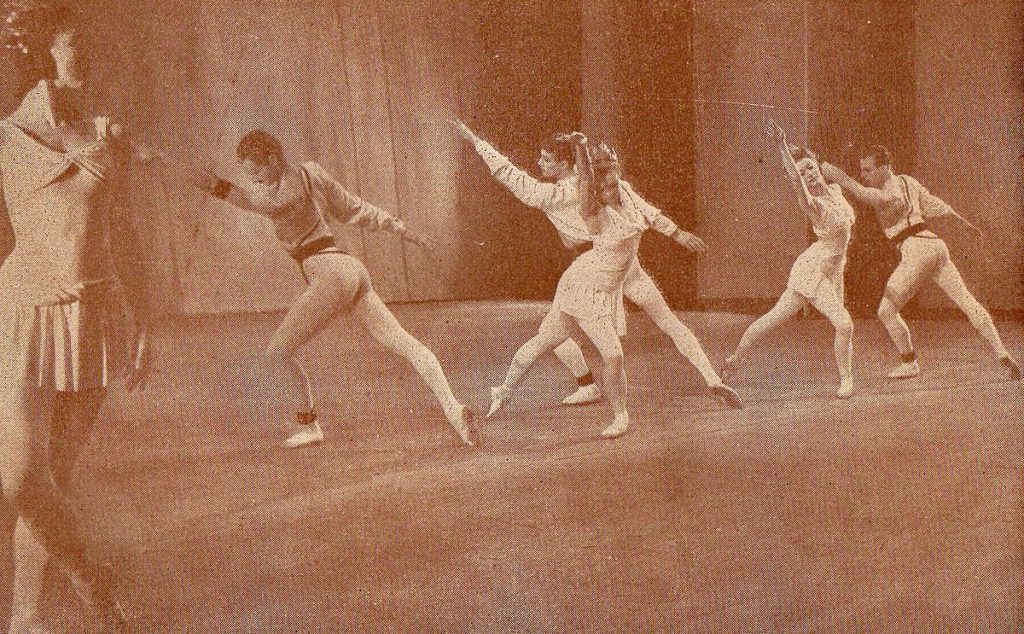
Symphonic Variations - Sadlers Wells Ballet in Poznan
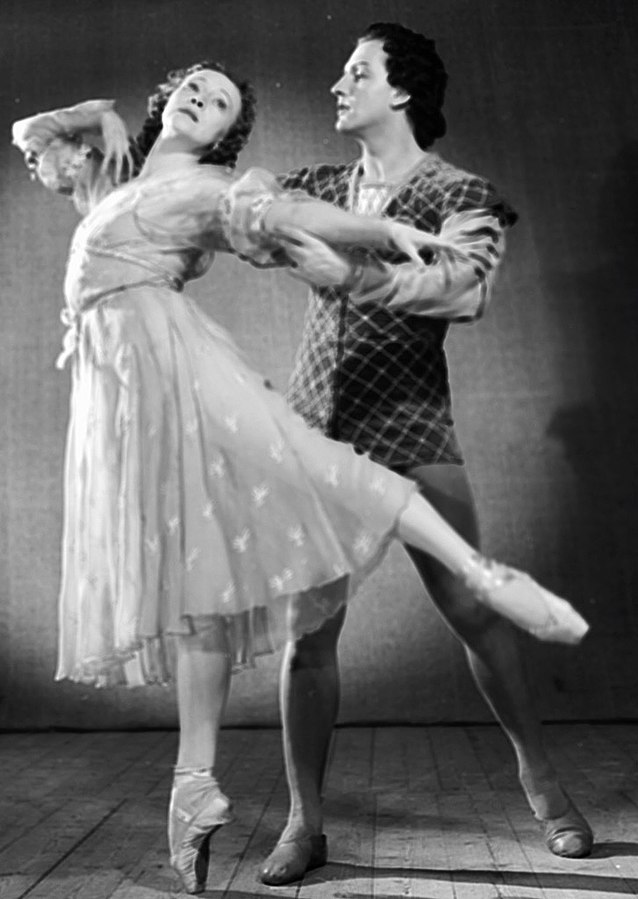
Galina Ulanova and Yury Zhdanov in the ballet Romeo and Juliet

